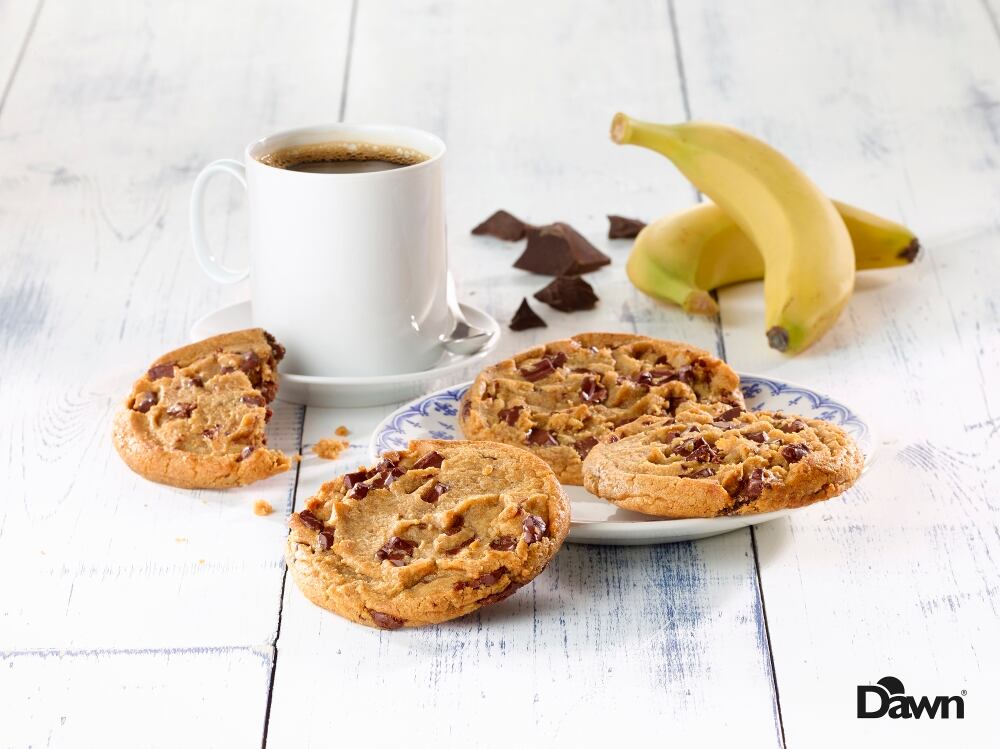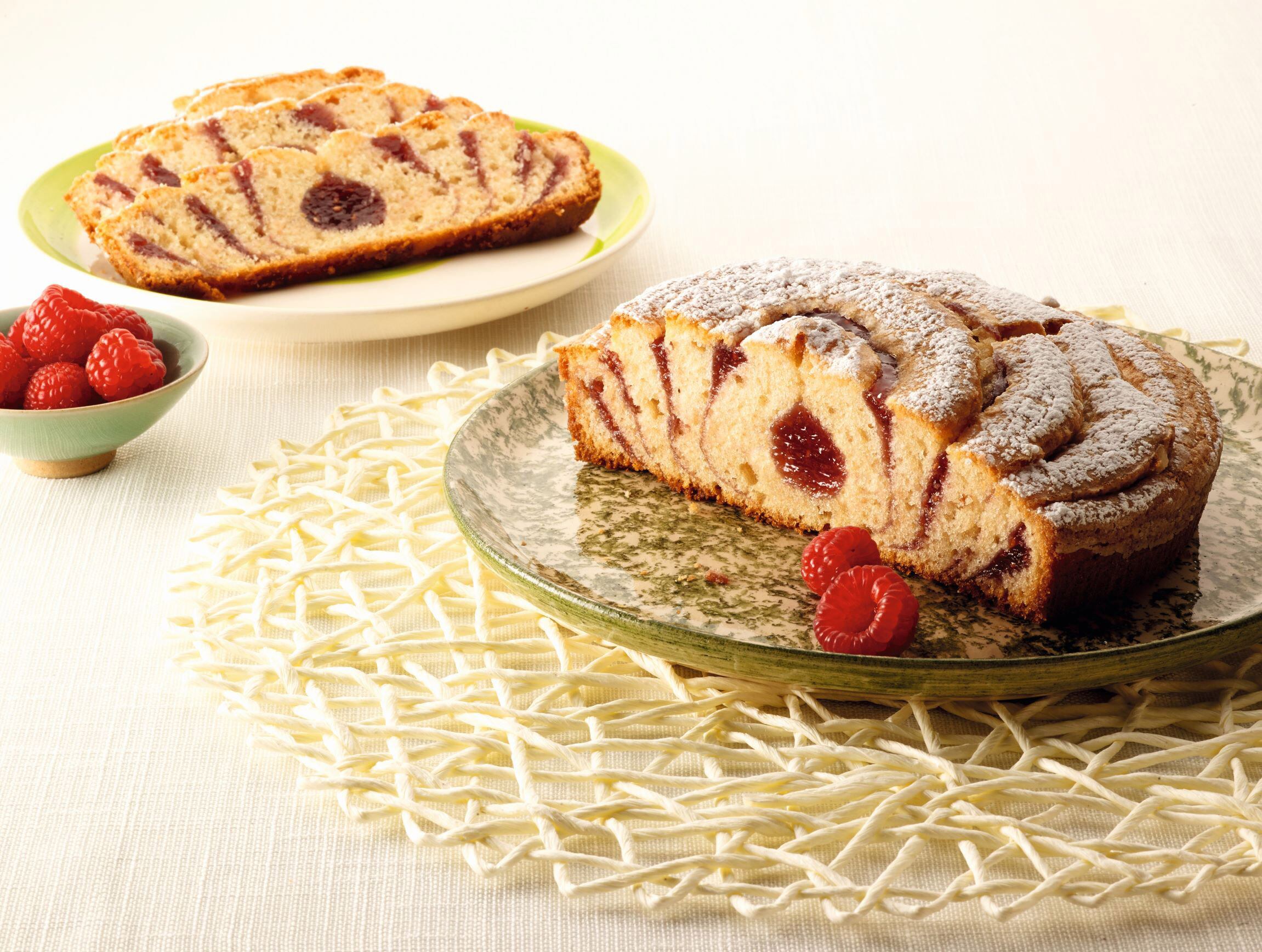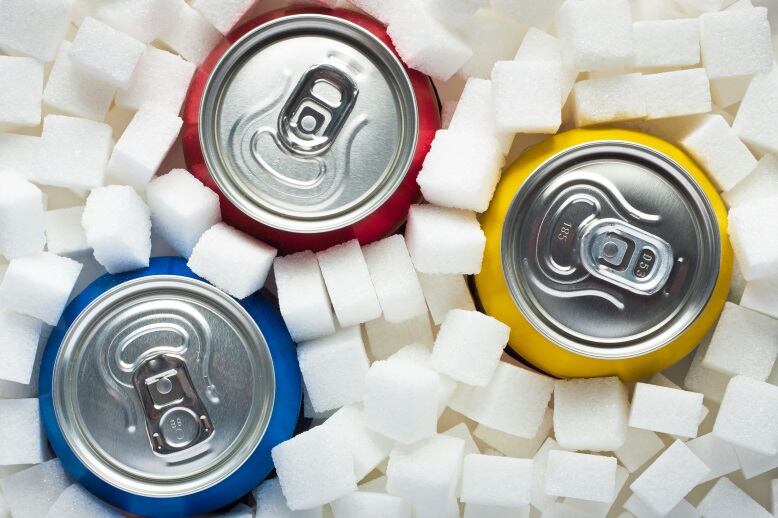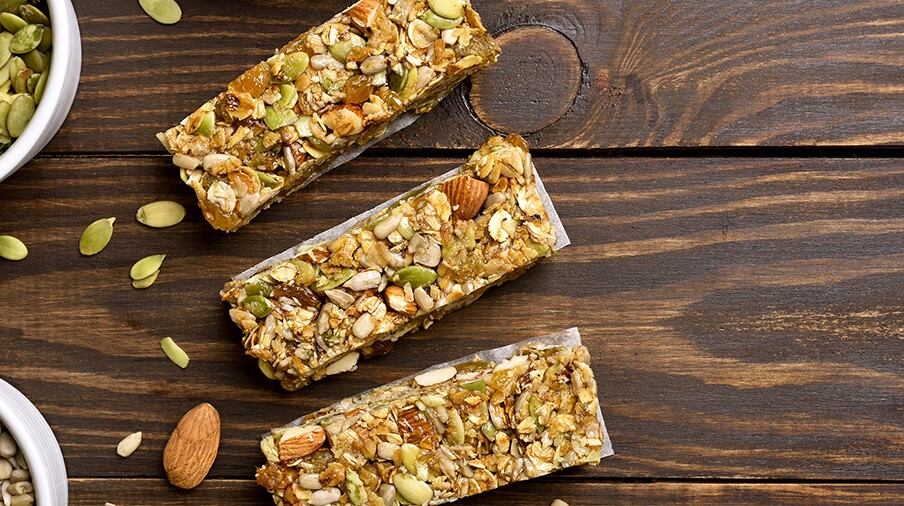With biscuits, puddings, chocolate confectionery and sweet confectionery among those categories that fell short of Public Health England’s (PHE’s) early goal of 5% sugar reduction, it seems hard to believe that the bakery and confectionery categories are on track to deliver 20% reductions by 2020.
However, ingredient suppliers to these sectors seem confident that the technical solutions exist to achieve these targets.
But how realistic are their aspirations? What are the barriers to reformulation in the bakery and confectionery sector? And what ingredient innovations should manufac-turers be embracing to meet the targets?
The targets are “both ambitious and achievable”, according to Ulrick & Short research and development (R&D) manager Danni Schroeter. “The ingredient technology already exists to achieve the targets in the vast majority of applications … so the ball is very much in the court of the manufacturers when it comes to sugar and fat reduction,” she says.

Schroeter’s view is that cost – rather than a lack of ingredient solutions – is the primary obstacle thwarting reformulation efforts.
“The limiting factor is often commercial as sugar replacers (or at least good ones) command a premium compared to the price of sugar,” she says.
This is a particular problem at the ‘commodity’ end of the market, as James Slater, R&D director with Puratos UK, explains. “The challenge is considerable for high-sugar, low-cost products such as family-oriented biscuits and cakes that we find in our local supermarkets,” he says.
“Reducing sugar and fat in these products without altering the flavour and texture is possible, but often comes with an increased recipe cost. Not all consumers are ready to pay more for the products they love, and it may be hard to convince them of the benefits.”
Expectations of clean-label
Compounding the cost challenge in many applications is the consumer expectation for a clean-label, as this precludes the use of synthetic sweeteners and other economic sugar replacement ingredients.
“With over three-quarters of consumers regarding clean-label as important when buying food and drinks, the ‘simple ingredients’ trend remains a key challenge in sugar reduction,” notes Samuel Russell, food ingredients marketing manager for Europe, the Middle East and Africa at Univar Solutions.
However, Russell insists that cost doesn’t have to prove such an issue when it comes to reducing sugar, as “40% of consumers expect to pay more for a healthy/functional snack”.
He argues that incorporating clean-label sugar replacement ingredients that also deliver a health benefit into recipes offers a route to “adding value” and achieving “differentiation”.
“Today’s functional ingredients offer a whole host of other benefits, while reducing sugar, creating more value for the consumers. By adding bulk through fibres, for example, you can potentially attach a ‘high in fibre’ claim to a product, thus adding another dimension to your concept.”
As an example, Russell says prebiotics can be used to help reduce sugar, as well as enable a ‘high in fibre’ claim in baked goods such as shortbreads.

Achieving the 20%
As a producer of bakery ingredients and ready-to-sell bakery products, Dawn Foods has been working to reduce sugar levels across its own portfolio as well as helping customers meet the PHE targets. Richard Mundy, manager of the company’s R&D Centre of Excellence, says the 5% sugar reductions have been relatively straightforward, but that achieving 20% without increasing ingredient costs or altering product texture has been “more challenging”.
“Keeping to tight cost controls has put additional pressure on the process and developments, but all the effort has been worthwhile,” he says. Mundy also notes that the calorie guidelines set out by PHE have “added pressure”.
“Calorie targets are more challenging in the UK, set at 325 calories per portion for sweet bakery products, compared to a target of 400 calories in Europe,” he says.
Portion size has been one route pursued by Dawn Foods to achieve reductions in sugar and calories while keeping a handle on costs.
“End-consumers are open to a slight reduction in portion size along with a slight reduction in inclusions such as chocolate or caramel pieces, without being able to notice the change. This method also reduces the cost price, which can be balanced against the more expensive ingredients used to replace sugar,” says Mundy.
Sugar reduction
When reducing sugar in fine bakery products, Mundy says flavours also play a role, as the use of high intensity sweeteners is not permitted. Instead, Dawn Foods has restored sweetness with the use of additional, natural flavours.
Dawn Foods has also developed 30% reduced-sugar and reduced-sugar and -fat cake mixes, and says it is working on initiatives to produce healthier muffins and other sweet bakery items.
Interestingly, while sugar-loaded products are the most obvious candidates for sugar reduction, they are also the ‘low hanging fruit’ that most manufacturers have already picked. The bigger challenge, according to Puratos, lies with the often-overlooked middle ground.
“Very sugary products can be trimmed down – from ‘very’ sugary to ‘high’ sugar – with little perceptible impact for consumers. Skimming 20% from lots of sugar still leaves lots of sugar. The moderate products are more of a challenge as the taste and texture impact of any change is more obvious as we approach ‘optimal’ levels for these two attributes,” says Slater.
He cites cakes as an example of a product with moderate sugar levels, where the presence of sugar has a strong functional effect. “The presence of sugar in the batter has a significant impact on the way a cake sets in the oven and stales over life. The lower the sugar, the more we approach bread-like textures that are firmer and have stronger propensity to stale quickly,” explains Slater.
He adds that there are technical solutions for this – which often involve blending more than one functional ingredient to replace the action of sugar – but that they need to be optimised for each recipe and set of process conditions.
Ulrick & Short’s Schroeter agrees that cakes and muffins are “notoriously difficult to reformulate” because fat and sugar are so central to their volume, structure and mouthfeel.
Ulrick & Short’s tapioca starch-based avanté range is concerned with replacing the functionality of sugar while maintaining a clean-label, and can provide up to 50% sugar reduction in a range of applications, including icings and frostings, cakes and muffins, bakery fillings and flapjacks.
Beta-glucans and polydextrose can work well in rebuilding the structure of sugar in cakes and other bakery products as they mimic the water-binding action of sugar, according to Verity Clifton, applications technologist at Thew Arnott.
Clifton suggests that polydextrose also has a calorie count of 1kcal/g, unlike many other ingredients that are used to replace sugar for structural stability, most of which have a calorific value that is the same as or similar to sugar (4 kcal/g). On the downside, she says that both products reduce colour impact.
Moisture migration
For reduced-sugar, multi-layer products, such as desserts, Clifton says plant fibres such as inulin can work well owing to their ability to hold water and reduce moisture migration, which can be an issue in these applications.
However, she adds that the downside of using non-soluble fibre as a sugar replacer is that it can cause issues in products where low water activity is critical for preventing food safety issues.
Thew Arnott can provide hydrocolloids and offers a sweetness enhancer called Ceromag. Based on liquorice, Ceromag can be used to intensify existing sweetness in reduced sugar confectionery and sweet bakery products, says the company.
If cost and clean labelling weren’t considerations, most bakery and confectionery manufacturers would have no problem meeting the 2020 sugar reduction targets with the wealth of technical innovation. But commercial pressures can’t be ignored – even if that means falling short of reformulation commitments.




